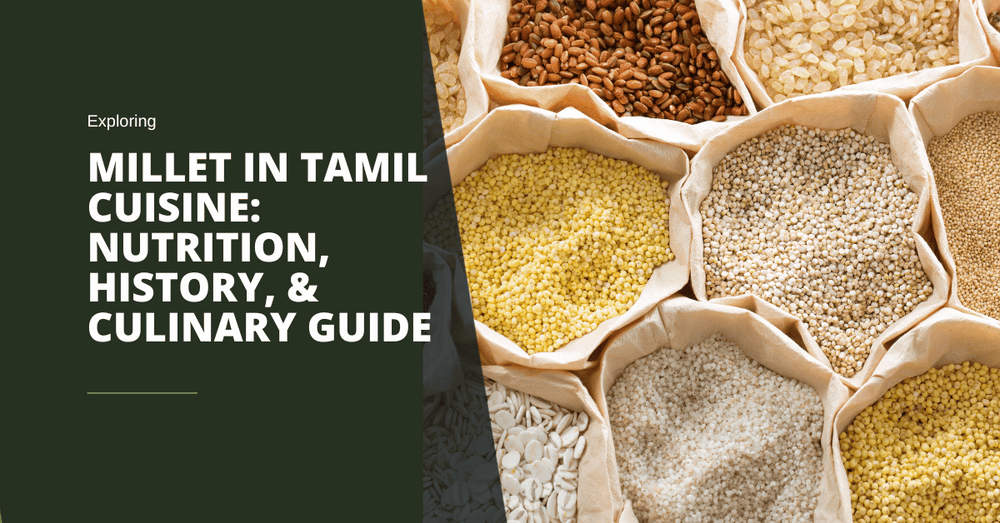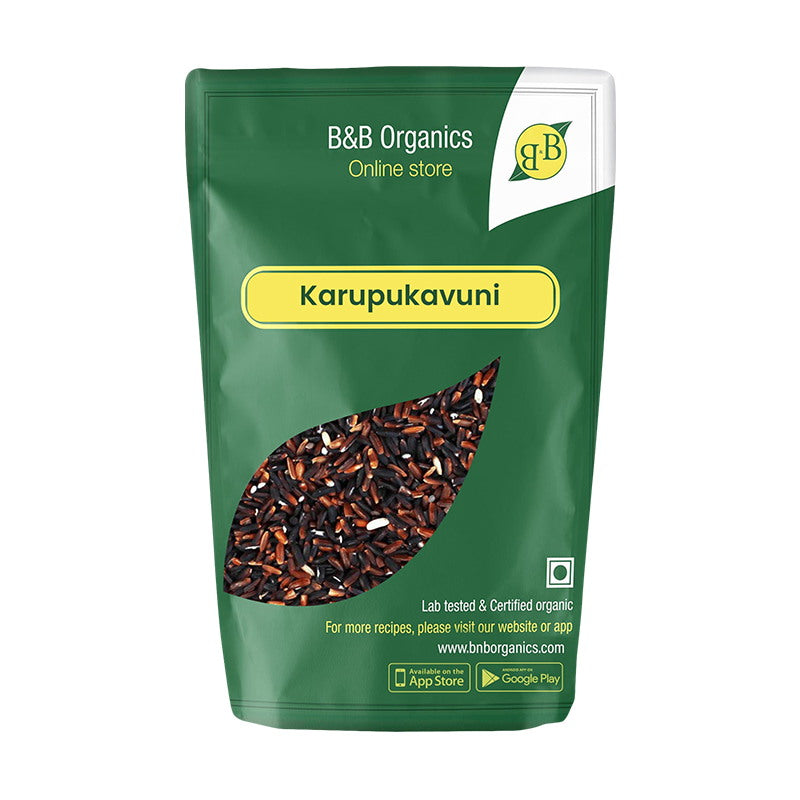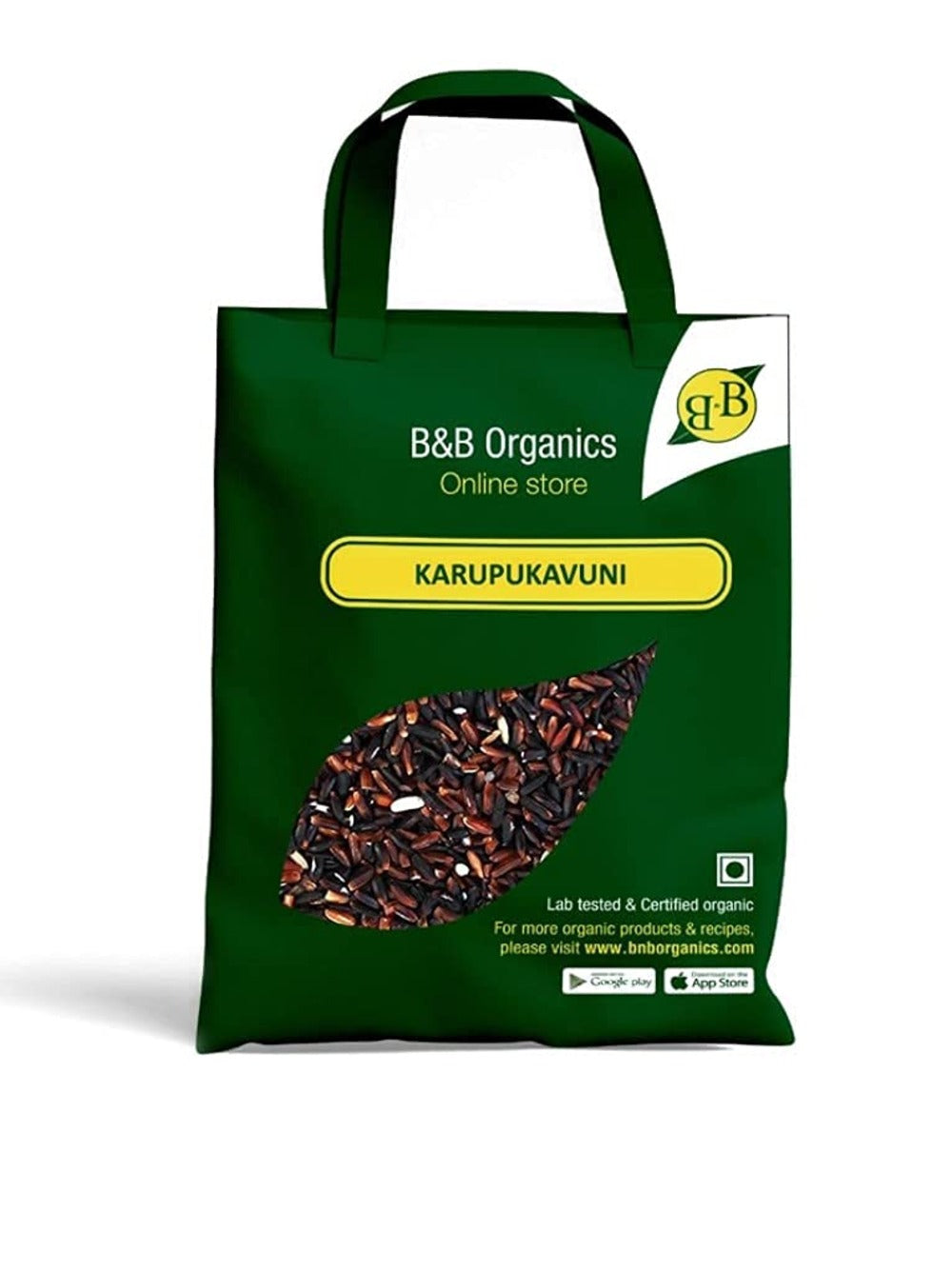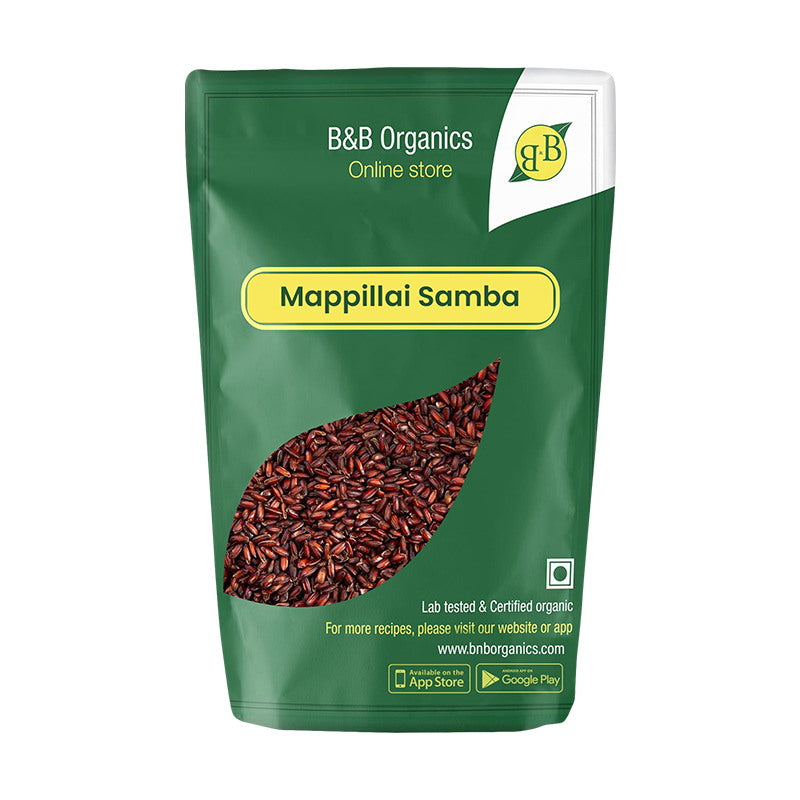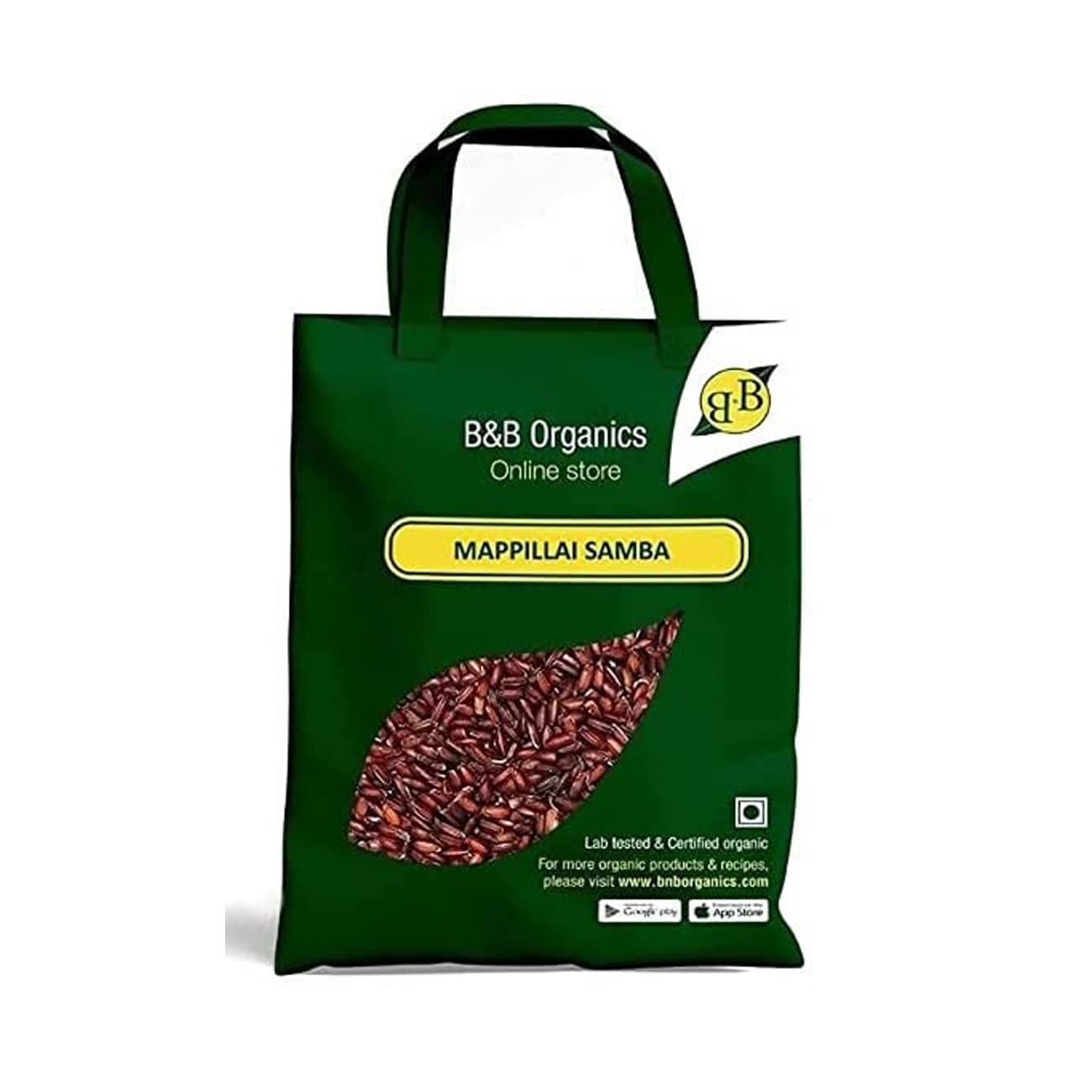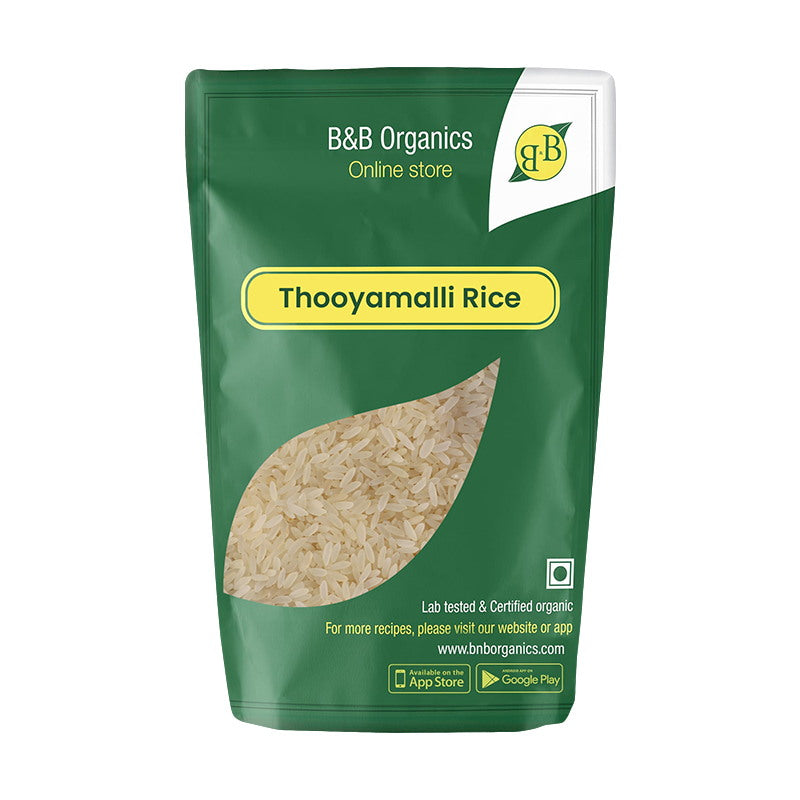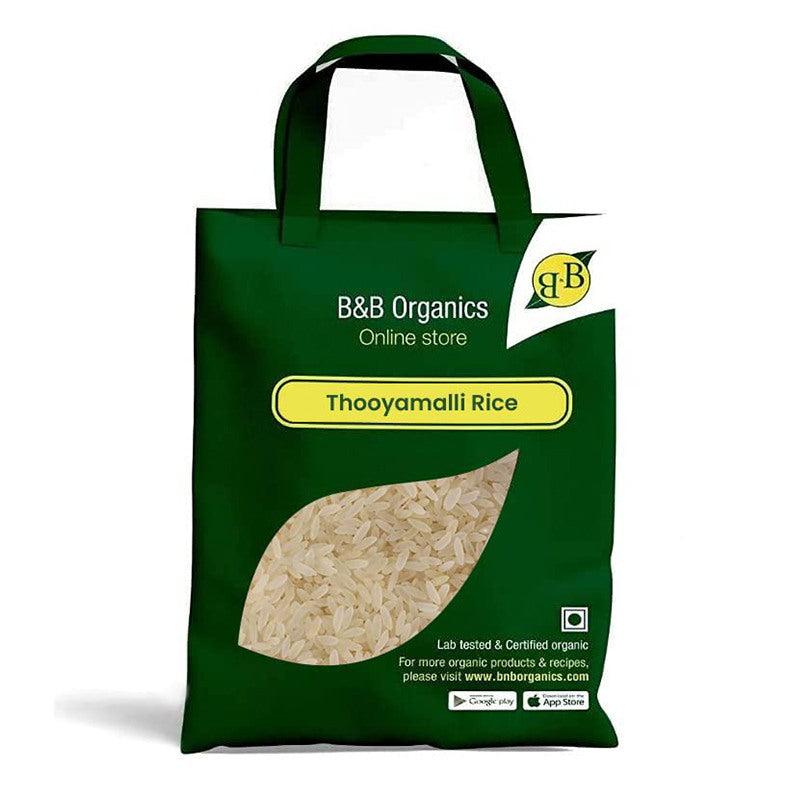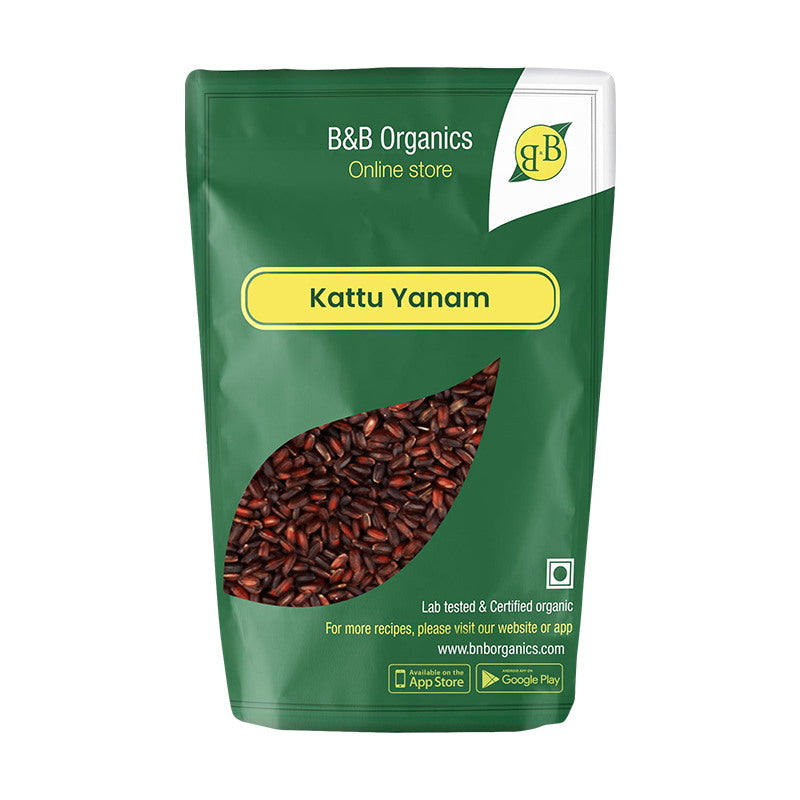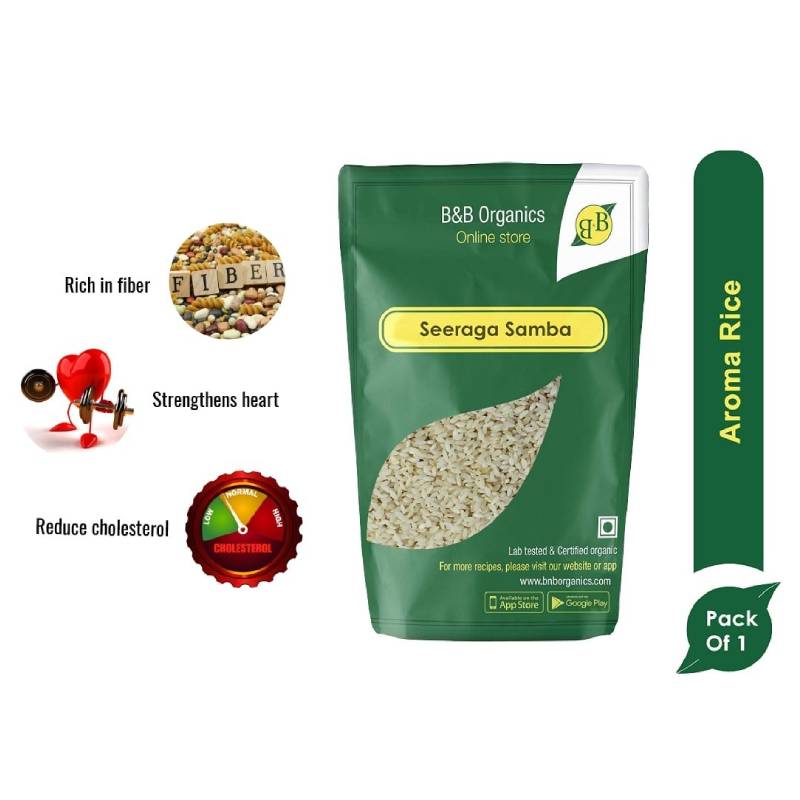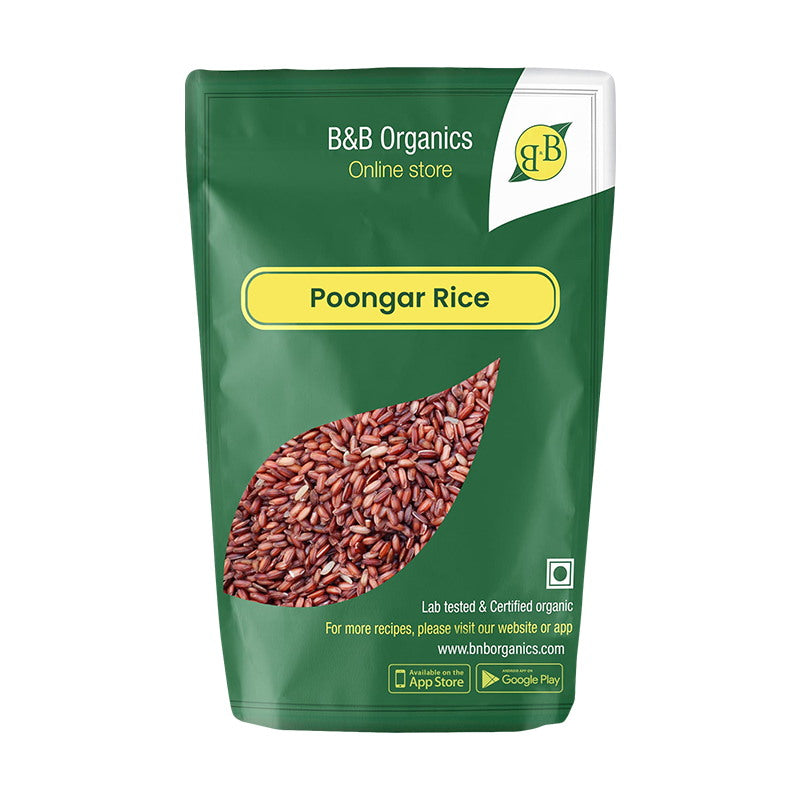I. Introduction
A. In Tamil Nadu, a region known for its vibrant culture and rich culinary heritage, the humble millet has been a dietary staple for thousands of years. The ancient grains hold deep-rooted connections to the land and its people—an often overlooked, nutritious, and versatile ingredient in Tamil cuisine.
B. This article seeks to unveil the origins, nutritional benefits, diverse types, and cooking methods of millet in Tamil Nadu, while providing insights into its cultural significance and the potential future of this remarkable grain in Tamil cuisine.
II. Origins and History of Millet in Tamil
A. Millet cultivation in Tamil Nadu dates back over 3,000 years, providing an essential source of sustenance to the region's early inhabitants. From Bronze Age archaeological sites to ancient Tamil literature, evidence of millet's influential role in Tamil history is abundant.
B. In traditional Tamil farming practices, the crop has been grown using environmentally sustainable and rain-fed techniques, fostering biodiversity and soil health—a testament to the resourcefulness and ingenuity of Tamil farmers.
C. The cultural significance of millet extends to various religious and spiritual practices in Tamil Nadu. Offerings of millet-based dishes are a common sight at temples and during festivals, underscoring the grain's spiritual importance for many communities.
III. Nutritional Benefits of Millet
A. Millet boasts a myriad of health benefits, including a high fiber content, a rich profile of vitamins and minerals, and gluten-free properties designed to accommodate diverse dietary needs.
B. The consumption of millet has been linked to health promotion, weight management, and prevention of chronic diseases such as diabetes, cardiovascular disease, and certain cancers. This makes it an appealing choice for health-conscious individuals seeking wholesome alternatives.
IV. Types of Millet in Tamil
A. The rich biodiversity of Tamil Nadu allows for the cultivation of several millet varieties, including Kambu (pearl millet), Varagu (kodo millet), and Samai (little millet), among others.
B. Each variety is unique in terms of taste, texture, and culinary applications, ranging from mildly nutty and chewy to earthy and creamy. This versatility allows for a wide array of dishes to be prepared using millet.

V. Cooking with Millet in Tamil Cuisine
A. Traditional Tamil recipes that showcase millet include dishes such as millet dosa, millet pongal, and millet adai, offering a delicate balance of nutrition and flavor.
B. Cooking with millet typically involves soaking, rinsing, and mastering specific techniques for optimal results. Prior soaking aids in enhanced nutrient absorption and digestibility.
C. Tips for achieving the best cooking results include adjusting the liquid-to-millet ratio, controlling the cooking temperature, and customizing the dish with the right combination of spices and regional ingredients.

VI. Cultural Significance and Future of Millet in Tamil Nadu
A. Millet maintains an esteemed status in Tamil Nadu due to its involvement in festivals, rituals, and traditional customs passed down through generations.
B. In recent years, concerted efforts by farmers, organizations, and the government have encouraged the revival of millet cultivation and consumption, promoting food sovereignty, economic empowerment of rural farmers, and preservation of cultural identity.
C. As Tamil Nadu faces the pressures of climate change, rapid urbanization, and globalization, millet has the potential to address these challenges through sustainable agriculture and the continuation of culinary traditions.

VII. Conclusion
A. In summary, the multifaceted nature of millet in Tamil Nadu encompasses its historical origins, nutritional benefits, diversity of types, and integral role in Tamil cuisine. Its cultural significance and potential future growth serve as a testament to the enduring importance of this ancient grain.
B. By incorporating millet into their diet and exploring the vast range of Tamil millet recipes, individuals are not only promoting their personal health but also supporting the livelihood of local farmers and the preservation of Tamil culture and traditions.


